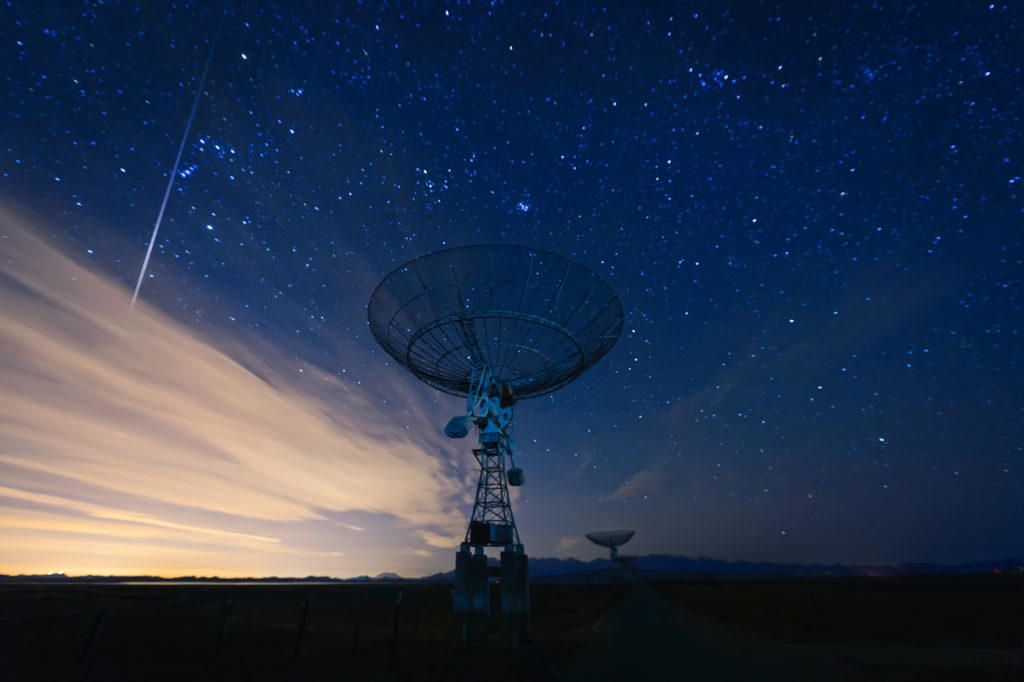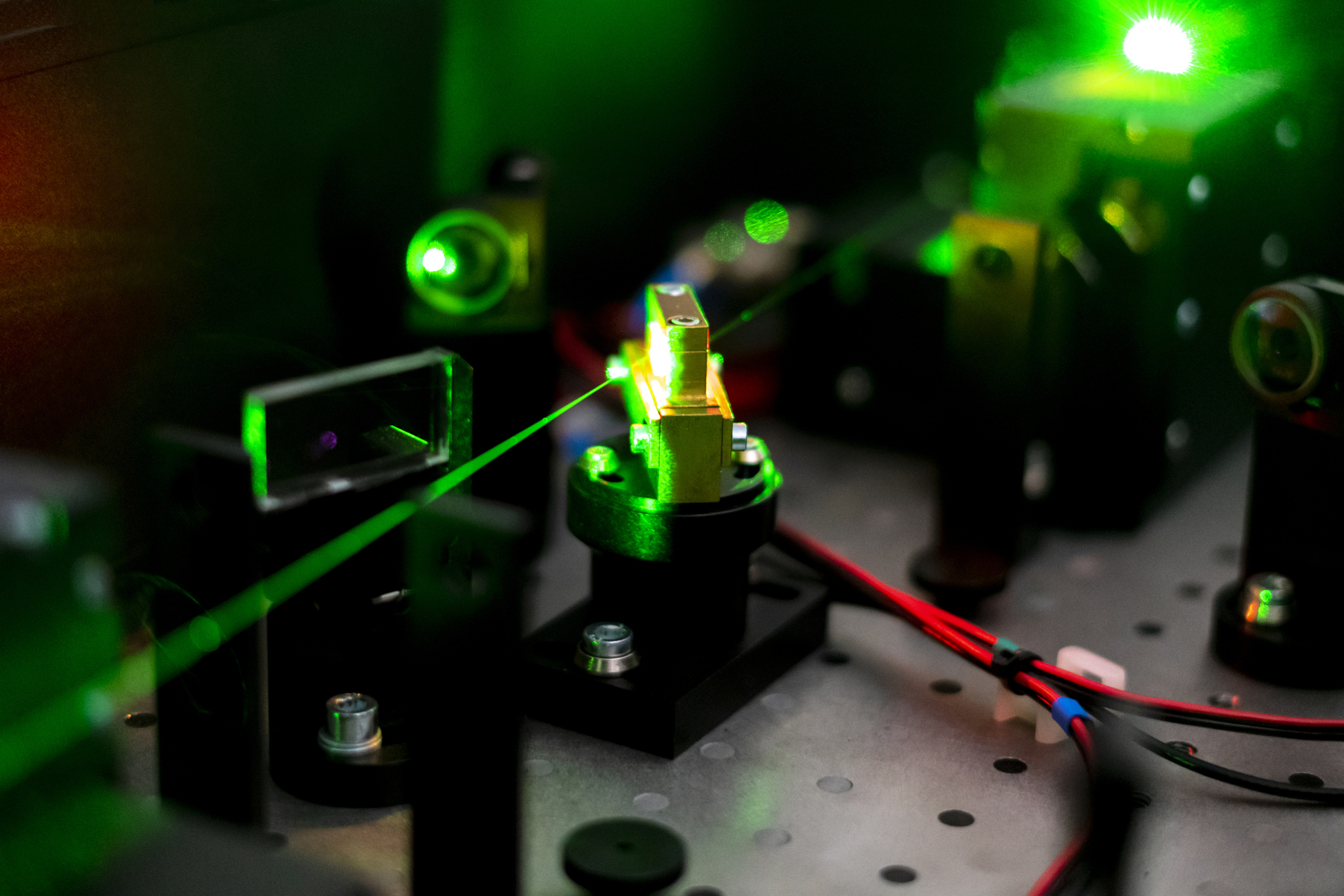Let's imagine an experiment with two cats, two boxes and vials of poison. Let’s say Box A belongs to a physicist named Arrow, and Box B belongs to a physicist named Bowen. In this experiment, there is a 50% chance that one cat has survived and the other hasn’t but neither Arrow or Bowen are sure which they’ve received. If Arrow opens their box to discover a purring, happy cat inside, then we can be sure that Bowen has received a box with the opposite. In 1935, an Austrian physicist Erwin Schrödinger came up with a version of this thought-experiment in which he argued that before the fate of the cat is determined, there exists a strange state of limbo where they are equal parts alive and equal parts dead. The opening of one box determines the fate of the other.
Schrödinger did not have a particular dislike for cats, he was merely trying to find a way to illustrate a puzzling phenomena in quantum physics in which two particles can hold two states simultaneously and where the outcome of their state is dependent on each other, even if they were separated at great distances.
“Schrödinger’s cat is a really interesting experiment because it was designed to showcase that quantum mechanics is, in many ways, fairly absurd,” says John Donohue, Manager of Scientific Outreach at the Institute for Quantum Computing (IQC) based out of the University of Waterloo.
Schrödinger wasn’t the only one to second guess the nature of quantum physics. The way in which particles seemed to be dependent on each other or are “entangled” disturbed even Albert Einstein, whose ground-breaking contributions to physics won him a Nobel Prize in 1921. If the state of two particles were truly entangled and the measuring of one particle, for example, could determine the measurement of another particle then it suggested that these two particles could somehow communicate instantaneously.
“It’s a bit subtle, but while entanglement cannot be used for faster-than-light communication, if we wanted to ‘fake’ entanglement, we would need faster-than-light communication,” John explains. “So experiments that prove entanglement is real tell us a lot about the quantum nature of the world.”
The rather impossible feat of travelling faster than the fastest known speed in the universe is what made Einstein declare this phenomena to be “spukhafte Fernwirkung” or “spooky action at a distance.”
“My favourite way to deal with this is that, with quantum mechanics, we’re just finding out stuff about how the universe works — there are no right answers but there are a lot of wrong answers,” says John. “Being able to show what is potentially right versus what is definitely wrong and what is potentially possible versus what is still impossible is a big part of being a good scientist.”
Technological Implications
Amidst the philosophical conundrums, quantum physics has impacted technology in very real and physical ways. As the Scientific American put it: Without quantum mechanics there would be no transistor, and hence no personal computer; no laser, and hence no Blu-ray players.
“It was originally thought of as this wacky theory that had these weird philosophical implications but a lot of technological implications have come out of it as well,” says John. “Things like MRI machines would have never existed without quantum mechanics.
The first quantum based satellite that detects single-photons was launched in 2016/2017 by Jian-Wei Pan, a physicist at the University of Science & Technology of China

Other quantum-related technology in development include encryption through quantum key distribution (QKD), which works by encoding information into the smallest measurable unit of light: a single-photon. ScienceDaily called it as one of the most promising secure communication technologies, guaranteeing secure information exchange between “distant parties.”
“Instead of using telecommunications fibre, other technology involves going up through air and space,” says John, referring to the IQC’s space mission to launch a quantum satellite in 2021/2022 in collaboration with the Canadian Space Agency.
“It’s very much in the research and development stage, so the idea would be to test it out from an academic perspective rather than an ‘end-user’ perspective, with the intention of knowing that we can build end-user perspective later,” says John.
The first quantum based satellite that detects single-photons was launched in 2016/2017 by Jian-Wei Pan, a physicist at the University of Science & Technology of China. It was named the Micius satellite, an Anglicized name of the Chinese scientist and philosopher Mo Di whose infamous pin-hole experiment proved that light travels in a straight, and while never proven, held the hypothesis that there existed the smallest fundamental unit of particle, a concept now known to be true in quantum physics.
“They have have used it to do some very nice science,” says John, who hopes the same will come out of IQC’s upcoming quantum satellite launch.
Let’s Get Physic-al!
From the ceiling-high water chute and the mind-bending oscylinderscope to the plasma ball and the eerie Pipes of Pan, the Eureka! Gallery has dozens of exciting interactive exhibits .
